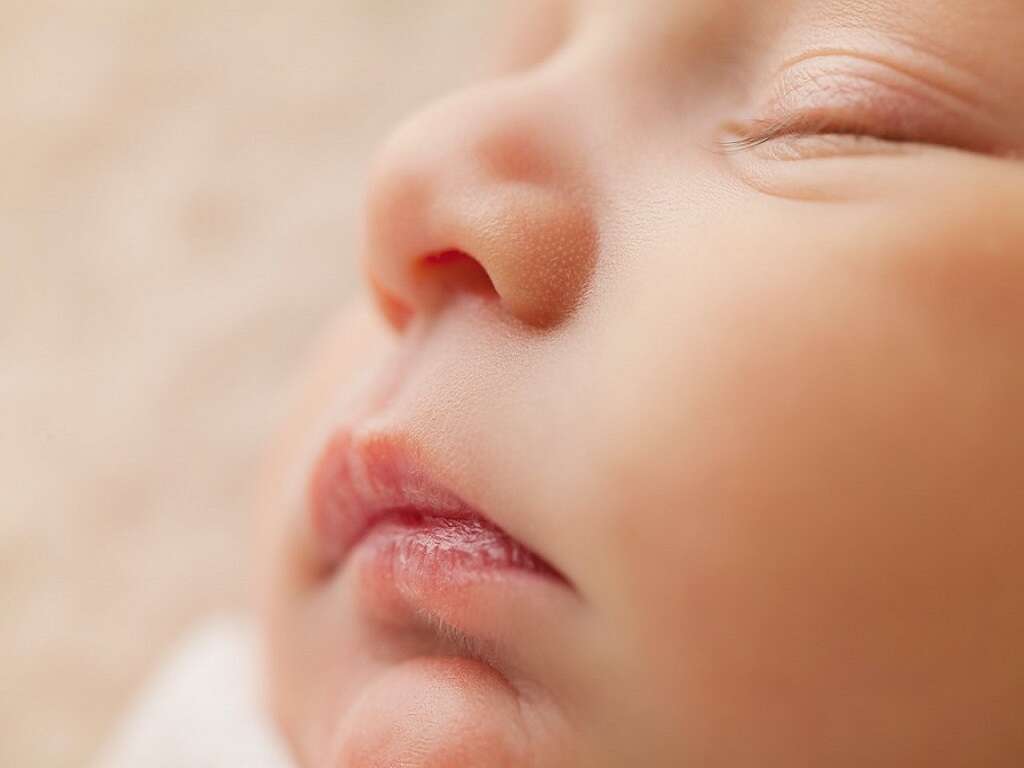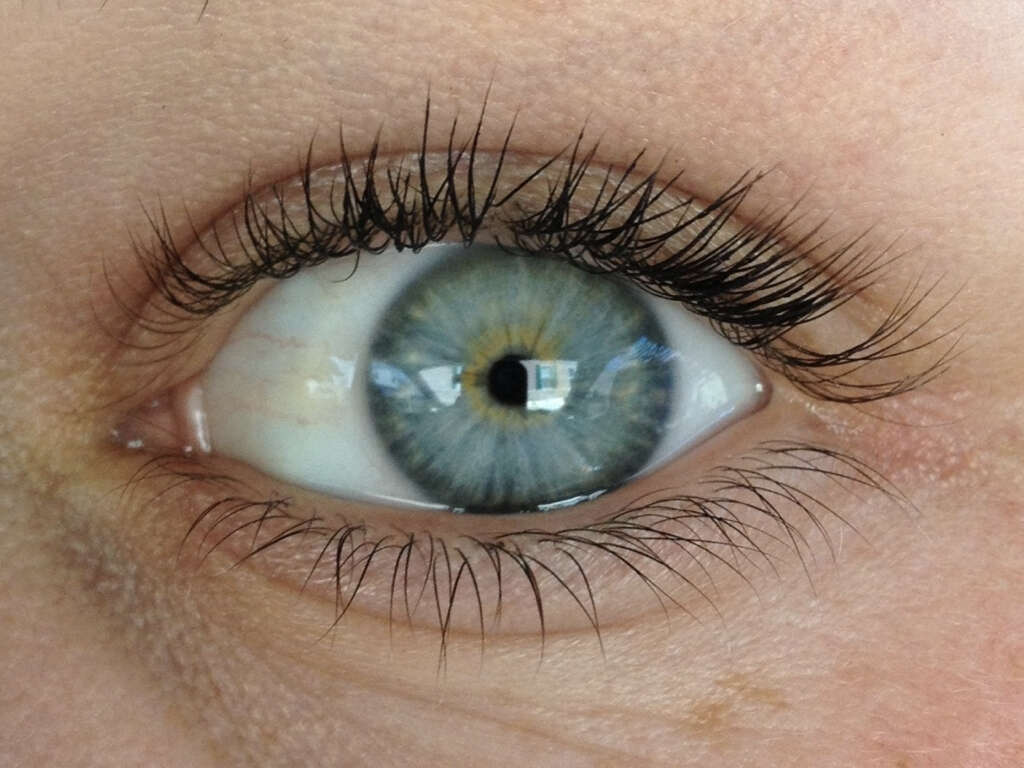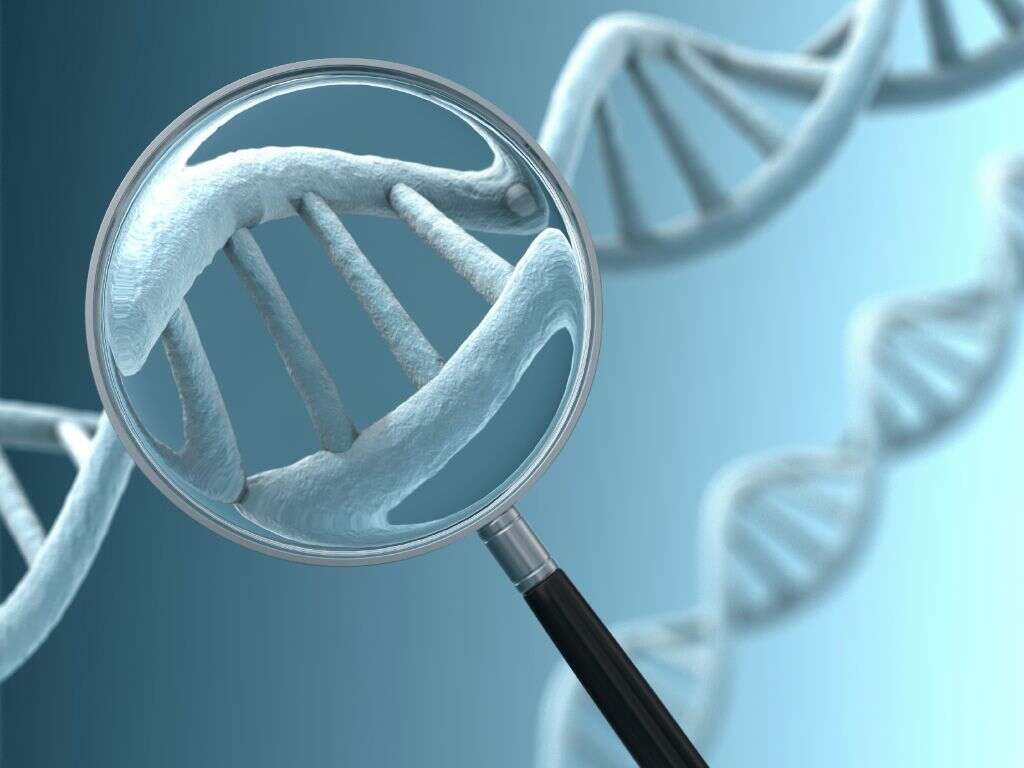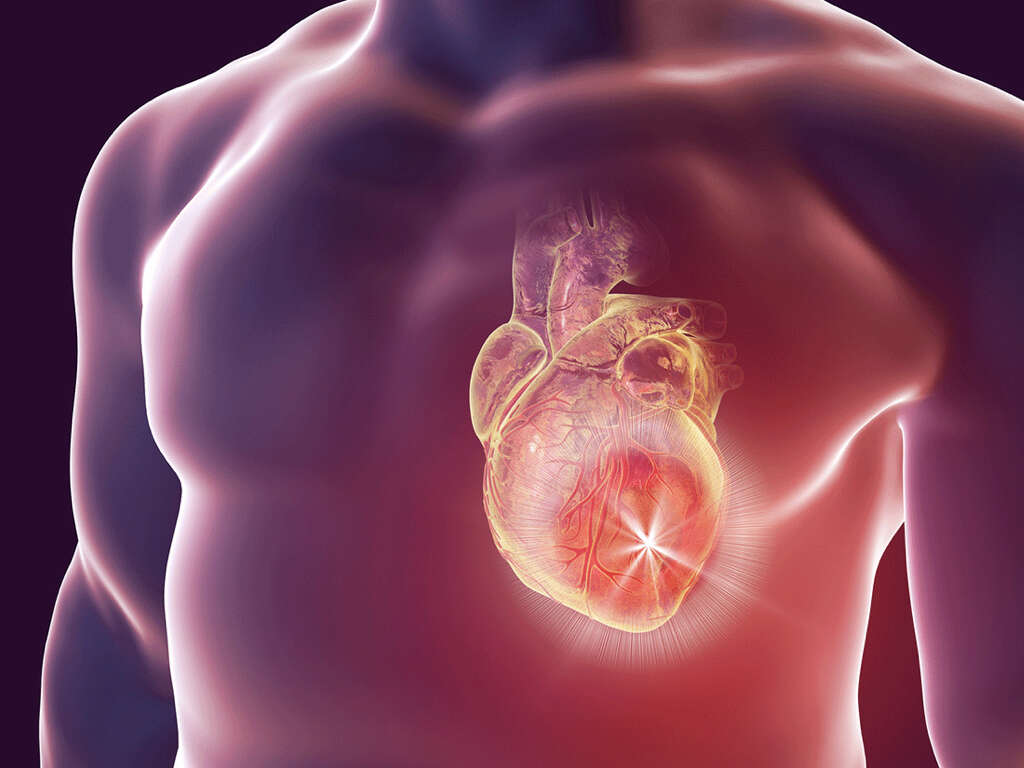10 Cleidocranial Dysplasia FAQs
 Article Sources
Article Sources
- 1. 'Cranial Sutures: MedlinePlus Medical Encyclopedia.' MedlinePlus - Health Information from the National Library of Medicine, 4 May 2021, medlineplus.gov/ency/article/002320.htm
- 2. 'Cleidocranial Dysplasia.' Genetic and Rare Diseases Information Center, U.S. Department of Health & Human Services, 19 Aug. 2020, rarediseases.info.nih.gov/diseases/6118/cleidocranial-dysplasia
- 3. 'Cleidocranial Dysplasia: MedlinePlus Genetics.' MedlinePlus - Health Information from the National Library of Medicine, Genetics Home Reference, 18 Aug. 2020, medlineplus.gov/genetics/condition/cleidocranial-dysplasia/#causes
How Does Cleidocranial Dysplasia Affect Teeth?
Dental problems commonly seen in patients with cleidocranial dysplasia include delayed infant teeth formation, missing teeth or extra teeth. Delayed adult teeth formation occurs, and some could form into unusual shapes.
Cleidocranial dysplasia may cause a misalignment of the jaw, which affects the location of teeth. This misalignment typically interrupts occlusion, which is the upper and lower teeth coming together when the mouth is closed. Other dental issues might include malformed dental roots and crowns and more dental cavities compared with those without this condition.
Advertisement











